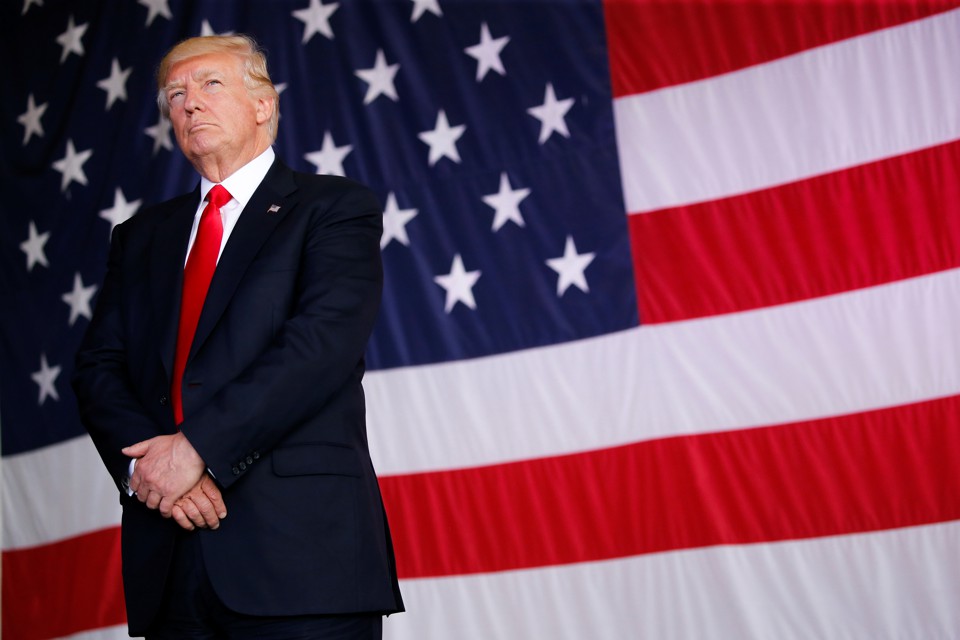 It can be difficult to separate the important from unimportant on any given day. Reflections mean to do exactly that — by thinking about what happened today, we can consider what might happen tomorrow.
It can be difficult to separate the important from unimportant on any given day. Reflections mean to do exactly that — by thinking about what happened today, we can consider what might happen tomorrow.
Just days before the election that won Donald Trump the U.S. presidency, the Paris Agreement on climate change was enacted. The deal's list of signatories grew to include most of the globe in the months that followed. Then on Thursday, Trump announced his plan to pull out of the accord, confirming rumors that have been circulating for the past week. Though he left the door open to renegotiation, the United States will now join the lonely ranks of nonparticipants, which currently comprise only Nicaragua and Syria. For the most part Trump's rejection of the deal, touted as a landmark achievement in December 2015, is symbolic. As various forces advance the effort to address climate change, the industries, investors and military interests underpinning Washington's environmental policy will continue to dictate its actions on the issue. But the United States' withdrawal from the pact nevertheless raises an important question: Will China be able to fill the hole in global leadership that its Western rival will leave behind?
Despite the overwhelming consensus it inspired, the Paris Agreement itself has always been weak at its core. International courts, after all, have few ways to enforce it, and without consequences for those who fail to comply with its stipulations, there is little opportunity to hold shirkers accountable. Instead, compliance with the deal is — and will continue to be — largely driven by technological progress, economics and the political imperatives of individual nations.

















